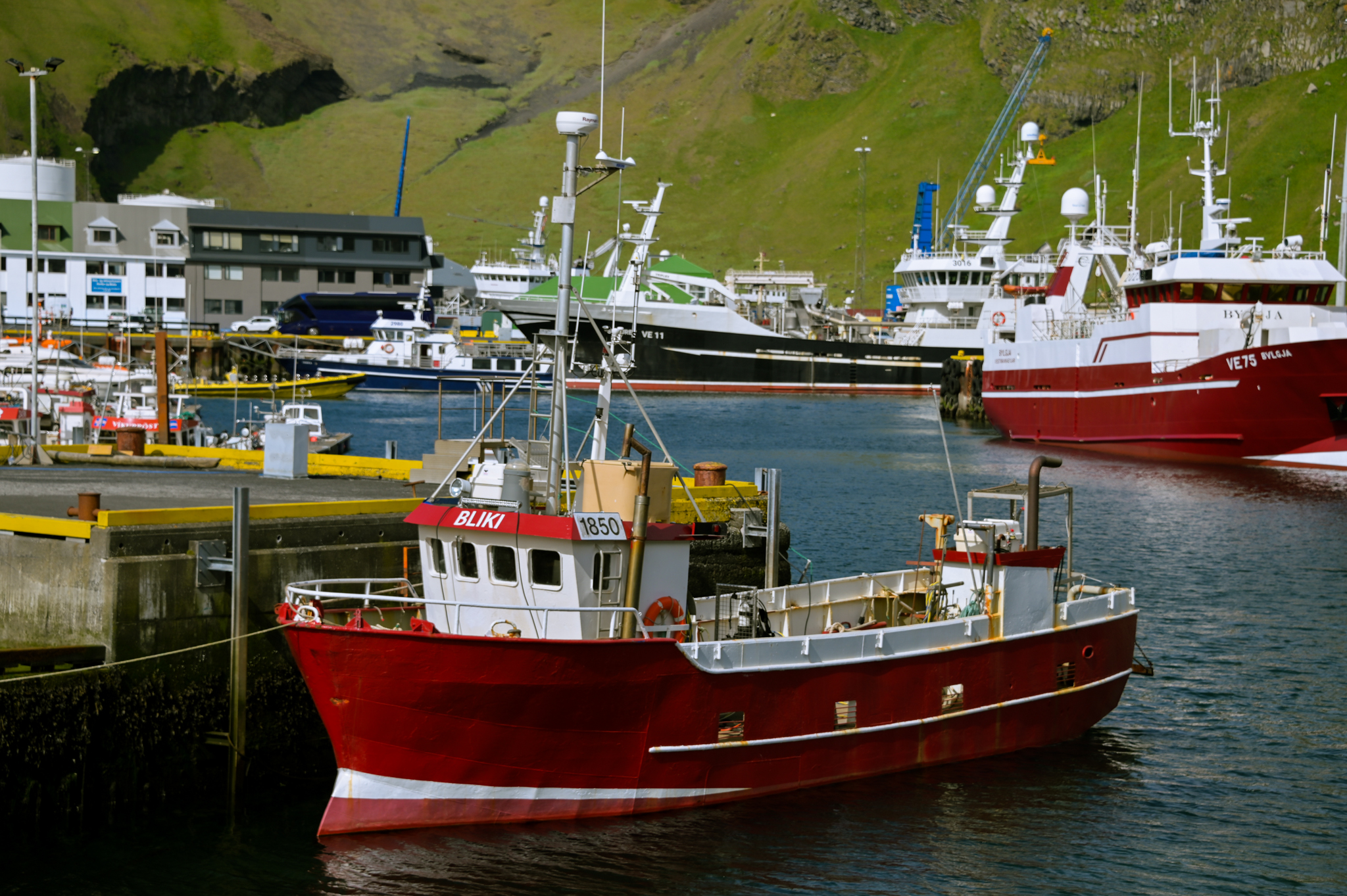Collage by Victoria Smith.
Essay | Fungi in fashion? Opening our minds to the world under our feet
There is a hidden story unfolding of the improbable new pairing of mushrooms and the fashion industry, glamour meets grounded, to solve one of the world’s worst environmental problems – pollution caused by plastics and forever chemicals. Almost every piece of clothing made in the Western world has chemicals and plastics in them even when you don’t see them, and you think what you have on is free of these pollutants.
These “forever chemicals” never disappear, never go away, and are toxic to personal and planetary health. In 2022 alone, 72 million tonnes of synthetic materials were produced and put into clothing, according to Textile Exchange’s Preferred Fiber and Materials Market Report. Most people have no idea they are walking around in glorified plastic bags. It is not a matter of if we can change, but if we will and the answer appears to be under our feet. Welcome to plastic rehab, we’ve been waiting for you.
Can fungi replace leather?
Mycelium, the root structure of fungi and what mycologist Paul Stamets calls “the Earth’s natural Internet,” is just starting to be harnessed to create climate and environmental solutions to many problems. Mycelium weave magnificent webs, interlinking nature, allowing different life forms to communicate. Now they are branching out to the fashion industry to open our eyes, co-creating with people to show that another regenerative materials future is possible.
Currently leather is predominantly made from animal skins or synthetic materials, with a few other plant-based concoctions entering the arena. Cow leather is a byproduct of the animal agriculture industry, so fashion is completely dependent on the production of beef for hides to make leather. Vegan, bio, and faux leather are just some of the aliases plastic goes by these days to hook new victims.
Artisans used to sustainably use hides to make leather through vegetable tanning. It was a tedious process as tanning could take weeks. So what had been a specialized craft, has now been overrun by chromium tanning which is much faster and cheaper. But it suffuses the world with chromium sulfate. This allows the fashion industry to make cookie cutter products as speed and cost reductions are prioritized, leaving people and the planet to pay the true cost. This fuels a system driven around cheap fast goods, ignoring the natural systems we operate within that replenish resources intuitively but cannot keep up with over extraction.
Staging a grassroots revolution, mycelium is here to dethrone the plastic and animal leather kings. Mycelium can do something plastics cannot, biodegrade seamlessly back into the ground as food, not poison.
Unraveling and upending the current system, the use of mycelium could also reduce consumption of land and water. Designers can direct their creativity to choosing love, choosing life, and choosing wisely. Treating the fungi kingdom as our new partners, we don’t have to limit designs to just a replacement trying to replicate the old regime. Mycelium materials don’t have to conform to old shapes because they can take on so much more, it just needs to be imagined.
As companies like Mycoworks are developing faux-leather handbags made out of mycelia, mushrooms are having their “she’s all that” makeover moment and being valued for what’s on the inside even while they make their way down the catwalk. The fashion industry is having a spiritual awakening from a shroom trip and is being offered a second chance by the fantastic fungi giving them a circular means of existence.
Adapting to any circumstance, from Paris Haute Couture, hats as soft as butter, avant-garde stools, and even a lamp that begs the question, how many people does it take to change a light bulb housed in a cylinder of mycelium? The possibilities are endless.
Cultivating a symbiotic future
These mycelium-based creations are all fascinating, but since the climate and environmental crisis keeps me up at night, what gets me up in the morning are the innovations that could scale and replace synthetics. From packaging to leather, mycelium is malleable, moldable, and abundant. The diversity of possibility in what has been and could be made from fungi exemplifies the expansiveness of the human imagination.
Merlin Sheldrake, Ph.D., biologist and author of Entangled Life, encouraged people to “think about these relationships as symbiotic relationships not as fungal technologies.” Fungi are resilient, enigmatic, and unflappable. Human created technology is incredible, but we must not forget that the true power is the natural resource itself and that humans are not in complete control over it.
Sheldrake further reflects on the history of life on the planet and expresses that often unlikely partnerships form because, “they came together in times of crisis because together they could do something that neither could do apart.” Together they just might be able to transform the fashion industry into a regenerative and circular system to create a more ethical world. Once you choose possibility, life opens up to you.





















